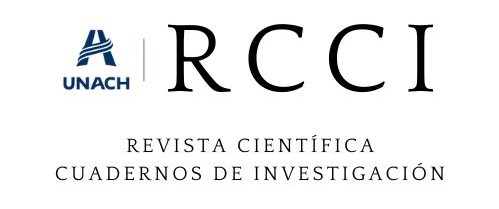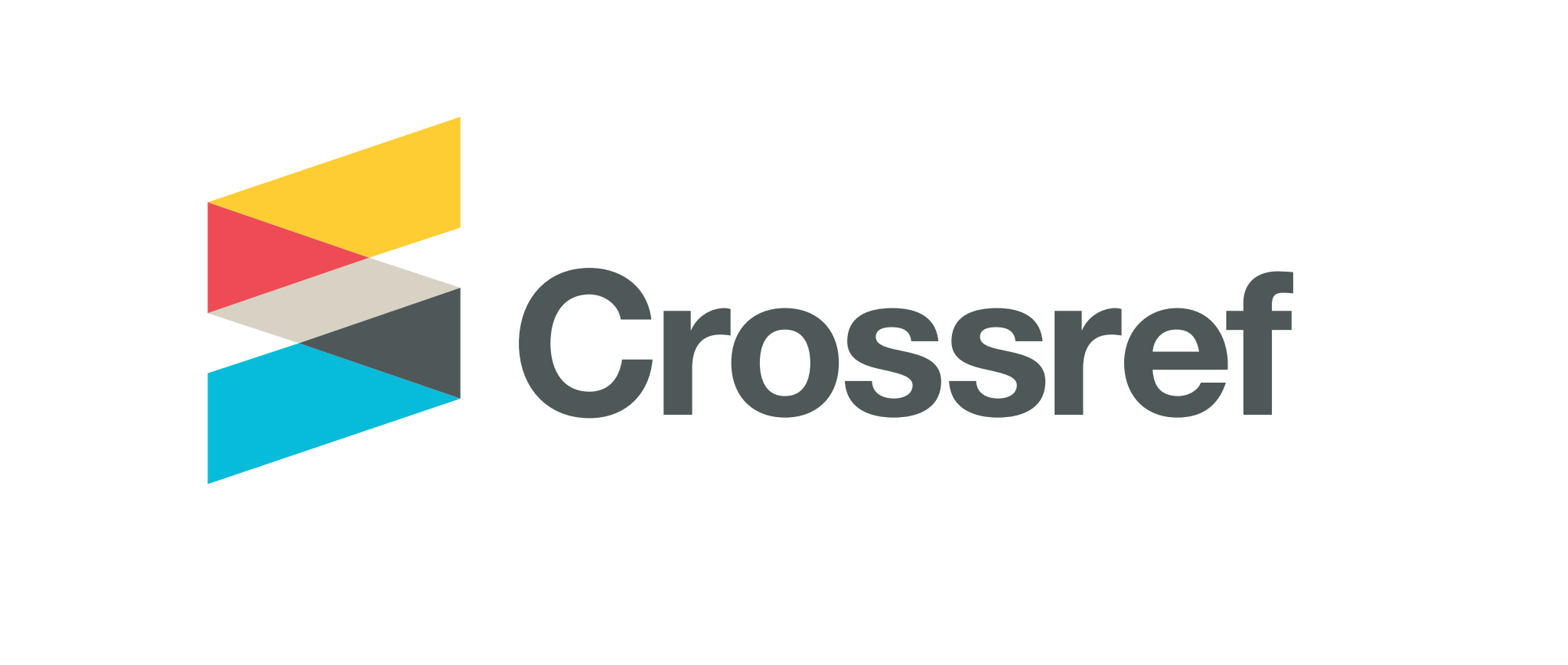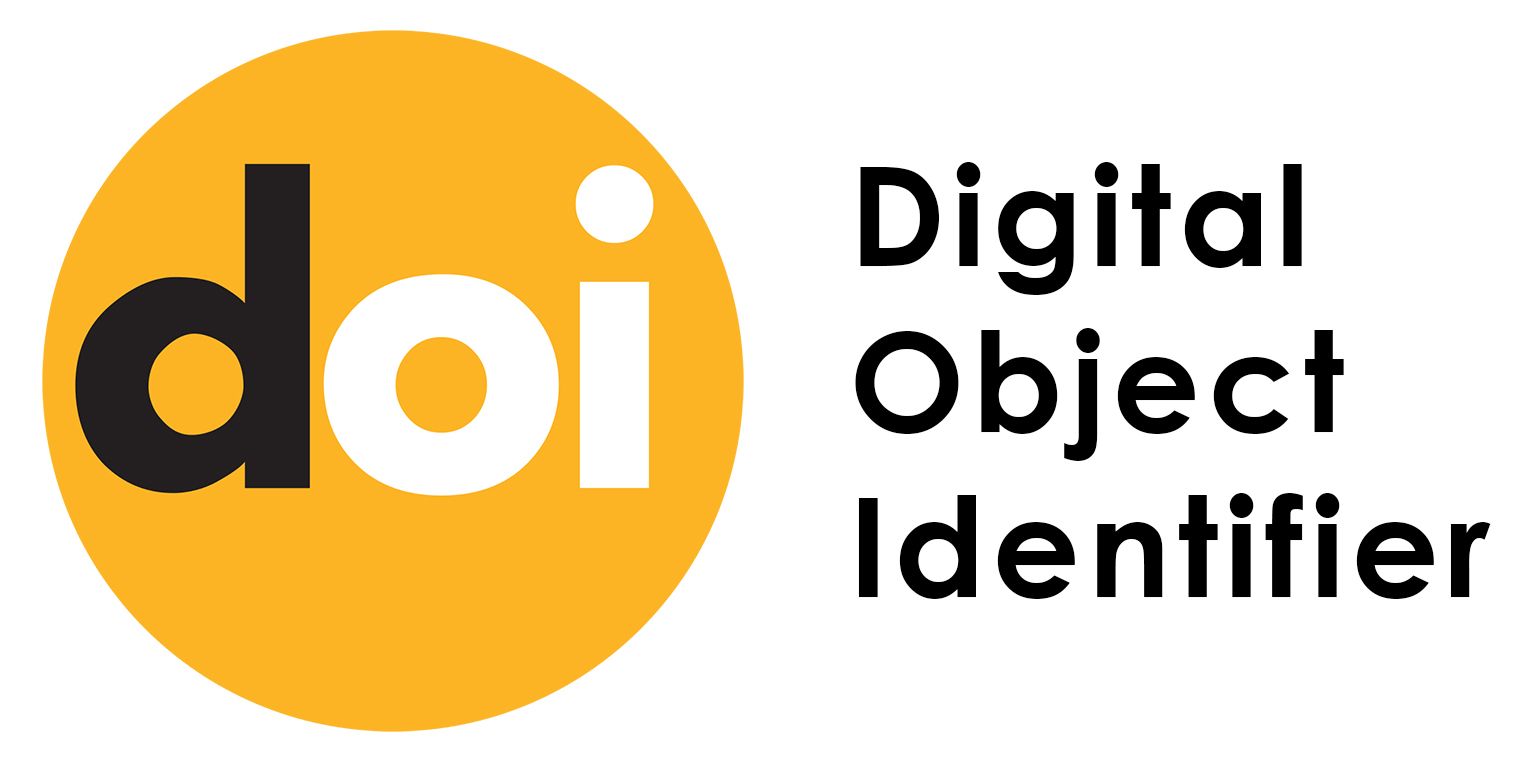Pre-service teachers’perceptions of creative thinking in an English teacher education program in Chile
DOI:
https://doi.org/10.59758/rcci.2025.3.e52Palabras clave:
Creativity, Creative thinking, Pre-service teachers, Teacher EducationResumen
Objective: This study aimed to explore how pre-service teachers of English as a Foreign Language (EFL) perceive creative thinking and the challenges they encounter in fostering it within educational contexts. Methodology: Conducted at a private university in Ñuble, Chile, this small-scale qualitative study involved 12 pre-service teachers enrolled in an English teacher education program. Data were collected through a tailored questionnaire and a semi-structured focus group interview, and analyzed thematically to identify key patterns in participants’ responses. Results: The findings reveal that participants view creative thinking as an essential skill for personal and professional development, primarily cultivated in language arts subjects but also recognized in broader settings such as home, school, and social interactions. Participants also identified barriers to promoting creative thinking in EFL classrooms, including limited conceptual understanding, low confidence, and insufficient pedagogical strategies. Conclusions: The study underscores the importance of explicitly integrating creative thinking into teacher education curricula to strengthen pre-service teachers’ conceptual and practical understanding.
Descargas
Referencias
Adams, K. (2005). The Sources of innovation and creativity. National Center on Education and the Economy (NJ1). https://eric.ed.gov/?id=ED522111
Andiliou, A. & Murphy, K. P. (2010). Examining variations among researchers’ and teachers’ conceptualizations of creativity: A review and synthesis of contemporary research. Educational Research Review, 5(3), 201–219. https://doi.org/10.1016/j.edurev.2010.07.003
Azamalah, V. & Kang, N. (2023). Teachers’ perceptions of creativity and teaching: A comparison of African and South Korean teachers. Innovation and Education, 5(1), 32-53. https://doi.org/10.1163/25248502-2023xx01
Baer, J. (1998). The case for domain specificity of creativity. Creativity Research Journal, 11(2), 173–177. https://doi.org/10.1207/s15326934crj1102_7
Battelle for Kids (2019). Framework for 21st century definitions. https://www.battelleforkids.org/wp-content/uploads/2023/11/P21_Framework_DefinitionsBFK.pdf
Bland, J. A.; Wojcikiewicz, S. K.; Darling-Hammond, L. & Wei, W. (2023). Strengthening pathways into the teaching profession in Texas: Challenges and opportunities. Learning Policy Institute. https://doi.org/10.54300/957.902
Borg, S. (2015). Teacher cognition and language education: Research and practice. Bloomsbury Publishing.
Claxton, G.; Edwards, L. & Scale-Constantinou, V. (2006). Cultivating creative mentalities: A framework for education. Thinking skills and creativity, 1(1), 57-61. https://doi.org/10.1016/j.tsc.2005.11.001
Craft, A.; Hall, E. & Costello, R. (2014). Passion: Engine of creative teaching in an English university? Thinking Skills and Creativity, 13, 91–105. https://doi.org/10.1016/j.tsc.2014.03.003
Creswell, J. W. & Creswell, J. D. (2023). Research design: Qualitative, quantitative, and mixed methods approaches (6th ed.). SAGE Publications.
Fairweather, E. & Cramond, B. (2010). Infusing creative and critical thinking into the curriculum together. In: R. A. Beghetto & J. C. Kaufman (Eds.). Nurturing creativity in the classroom (pp. 113–141). Cambridge University Press.
Fisher, R. (2005). Teaching children to think. Nelson Thornes.
García-García, J. J.; Parada-Moreno, N. J. & Ossa-Montoya, A. F. (2017). El drama creativo una herramienta para la formación cognitiva, afectiva, social y académica de estudiantes y docentes. Revista Latinoamericana de Ciencias Sociales, Niñez y Juventud, 15(2), 839–859. https://doi.org/10.11600/1692715x.1520430082016
Darling-Hammond, L. (2024). Reinventing Systems for Equity. ECNU Review of Education, 7(2), 214-229. https://doi.org/10.1177/20965311241237238
Díaz-Rico, L. T. (2019). A course for teaching English learners (3rd ed.). Pearson.
Harmer, J. (2015). The practice of English language teaching (5th ed.). Pearson Education Limited.
Hensley, N. (2020). Educating for sustainable development: Cultivating creativity through mindfulness. Journal of Cleaner Production, 243, 118542. https://doi.org/10.1016/j.jclepro.2019.118542
Holmquist, M. (2019). Lack of qualified teachers: A global challenge for future knowledge development. In: R. B. Monyai (ED.). Teacher education in the 21st century (pp. 53-66). IntechOpen.
Jones, R. H. & Richards, J. C. (2015). Creativity and language teaching. In: R. H. Jones & J. C. Richards (Eds.). Creativity in language teaching: Perspectives from research and practice (pp. 3–15). Routledge.
Jónsdóttir, S. R. (2017). Narratives of creativity: How eight teachers on four school levels integrate creativity into teaching and learning. Thinking skills and creativity, 24, 127-139. https://doi.org/10.1016/j.tsc.2017.02.008
Kleibeuker, S. W.; De Dreu, C. K. & Crone E. A. (2016). Creativity development in adolescence: Insight from behavior, brain, and training studies. New Directions for Child and Adolescent Development, 151, 73–84. https://doi.org/10.1002/cad.20148
Kubanyiova, M. & Feryok, A. (2015). Language teacher cognition in applied linguistics research: Revisiting the territory, redrawing the boundaries, reclaiming the relevance. The Modern Language Journal, 99(3), 435-449. https://doi.org/10.1111/modl.12239
Li, L. (2016). Integrating thinking skills in foreign language learning: What can we learn from teachers’ perspectives? Thinking Skills and Creativity, 22, 273–288. https://doi.org/10.1016/j.tsc.2016.09.008
Li, L. (2023). Critical thinking from the ground up: teachers’ conceptions and practice in EFL classrooms. Teachers and Teaching, 29(6), 571-593. https://doi.org/10.1080/13540602.2023.2191182
Makel, M. C. (2009). Help us creativity researchers, you're our only hope. Psychology of Aesthetics, Creativity, and the Arts, 3(1), 38–42. https://doi.org/10.1037/a0014919
Masadeh, T. S. Y. (2021). Teaching practices of EFL teachers and the enhancement of creative thinking skills among learners. International Journal of Asian Education, 2(2), 153–166. https://doi.org/10.46966/ijae.v2i2.173
Meihami, H. (2022). An exploratory investigation into EFL teacher educators’ approaches to develop EFL teachers’ ability to teach for creativity. Thinking Skills and Creativity, 43,101006. https://doi.org/10.1016/j.tsc.2022.101006
Meller, P. (2019). Claves para la educación del futuro: Creatividad y pensamiento crítico. Catalonia Ltda.
Ministry of Education (2021). Estándares de la profesión docente. Carreras de Pedagogía en Inglés. Educación Básica/Media. Centro de perfeccionamiento, experimentación e investigaciones pedagógicas (CPEIP). https://estandaresdocentes.mineduc.cl/wp-content/uploads/2021/08/ingles.pdf
Muñoz S., F. D.; Luna G., J. R. & López R., O. (2021). El pensamiento creativo en el contexto educativo. Revista Científica de la UCSA, 8(3), 39-50. https://doi.org/10.18004/ucsa/2409-8752/2021.008.03.039
National Advisory Committee on Creative and Cultural Education (1999). All our futures: Creativity, culture and education. National Advisory Committee on Creative and Cultural Education. https://www.creativitycultureeducation.org/publication/all-our-futures-creativity-culture-and-education/
Newton, L. & Waugh, D. (2012). Creativity in English. In L. Newton (Ed.). Creativity for a new curriculum (pp. 19-35). Routledge.
Newton, L. D. & Newton, D. P. (2014). Creativity in 21st-century education. Prospects, 44(4), 575–589. https://doi.org/10.1007/s11125-014-9322-1
Nickerson, R. S. (1999). Enhancing creativity. In: R. J. Sternberg (Ed.). Handbook of creativity (pp. 392–430). Cambridge University Press. https://doi.org/10.1017/CBO9780511807916.022
Quiroz S., M. y Rodríguez M., M. (2017). Reflexiones en torno a la creatividad al servicio de la persona visto desde la experiencia de la carrera de Diseño. Dilemas Contemporáneos: Educación, Política y Valores, 4(2), 11. https://dilemascontemporaneoseducacionpoliticayvalores.com/index.php/dilemas/article/view/210
Read, C. (2015). Seven pillars of creativity in primary ELT. In: A. Maley, & N. Peachey (Eds.). Creativity in the English language classroom (pp. 29-36). British Council.
Runco, M. A. & Chand, I. (1995). Cognition and creativity. Educational Psychology Review, 7(3), 243–267. https://doi.org/10.1007/bf02213373
Runco, M. A. & Jaeger, G. J. (2012). The Standard Definition of Creativity. Creativity Research Journal, 24(1), 92–96. https://doi.org/10.1080/10400419.2012.650092
Sandoval O., E.; Toro A., S.; Poblete G., C. & Moreno D., A. (2020). Socio-educational implications of creativity from pedagogical mediation: A critical review. Estudios Pedagógicos (Valdivia), 46(1), 383-397. https://dx.doi.org/10.4067/S0718-07052020000100383
Segundo M., R. I.; López F., V.; Daza G., M. T. & Phillips-Silver, J. (2020). Promoting children’s creative thinking through reading and writing in a cooperative learning classroom. Thinking Skills and Creativity, 36, 100663. https://doi.org/10.1016/j.tsc.2020.100663
Skiba, T.; Tan, M.; Sternberg, R. J. & Grigorenko, E. L. (2010). Roads not taken, new roads to take: Looking for creativity in the classroom. In: R. A. Beghetto & J. C. Kaufman (Eds.). Nurturing creativity in the classroom (pp. 252–269). Cambridge University Press.
Solar, M. I. (2003). Creatividad en el ámbito universitario: la experiencia de Chile. Creatividad y Sociedad, 3, 39-45. http://creatividadysociedad.com/wp-content/uploads/2019/10/revista-CS-3.pdf#page=35
Torrance, E. P. (1977). Educación y capacidad creativa. Ediciones Morova.
Troncoso, A.; Aguayo, G.; Acuña, C. C. y Torres, L. (2022). Creatividad, innovación pedagógica y educativa: Análisis de la percepción de un grupo de docentes chilenos. Educação e Pesquisa, 48. https://doi.org/10.1590/S1678-4634202248238562
Ummah, S. K.; In’am, A. & Azmi, R. D. (2019). Creating manipulatives: Improving students’ creativity through project-based learning. Journal on Mathematics Education, 10(1), 93–102. https://doi.org/10.22342/jme.10.1.5093.93-102
Vega-Abarzúa, J.; Guerra B., V. & Benavente R., C. (2024). Developing a contextualized card game to enhance productive skills in the English as a foreign language classroom. Revista Científica Cuadernos de Investigación, 2(30), 1-12. https://cuadernosdeinvestigacion.unach.cl/index.php/rcci/article/view/e30
Wang, H.C. (2019). Fostering learner creativity in the English L2 classroom: Application of the creative problem-solving model. Thinking Skills and Creativity, 31, 58–69. https://doi.org/10.1016/j.tsc.2018.11.005
Wang, L. & Kokotsaki, D. (2018). Primary school teachers’ conceptions of creativity in teaching English as a foreign language (EFL) in China. Thinking Skills and Creativity, 29, 115–130. https://doi.org/10.1016/j.tsc.2018.06.002
Ward, T. B.; Finke, R. A. & Smith, S. M. (1995). Creativity and the mind: Discovering the genius within. Plenum Press. https://doi.org/10.1007/978-1-4899-3330-0
Wright, W. E. (2019). Foundations for teaching English language learners: Research, theory, policy, and practice (3rd ed.). Caslon Publishing.

Publicado
Número
Sección
Categorías
Licencia
Derechos de autor 2025 Jessica Vega-Abarzúa, Max Inostroza, Cristóbal Ruiz, Iván Olivares, Felipe Vásquez (Autor/a)

Esta obra está bajo una licencia internacional Creative Commons Atribución-NoComercial-CompartirIgual 4.0.






